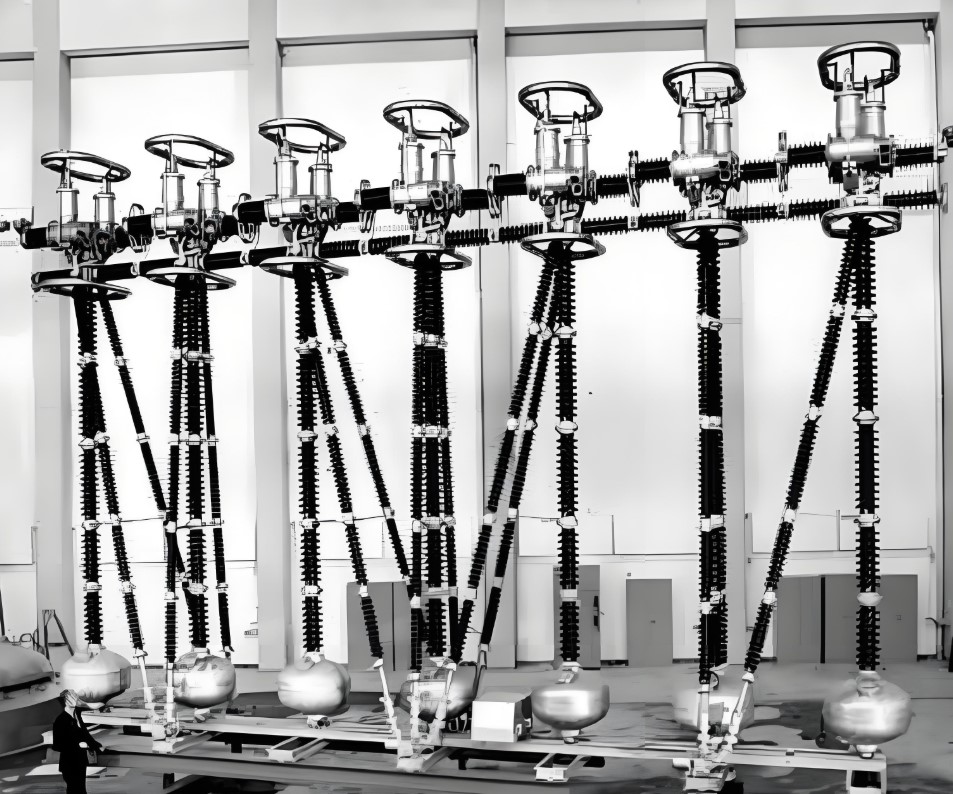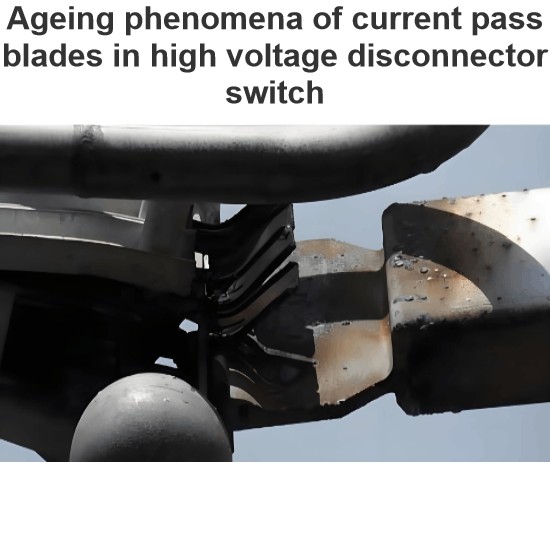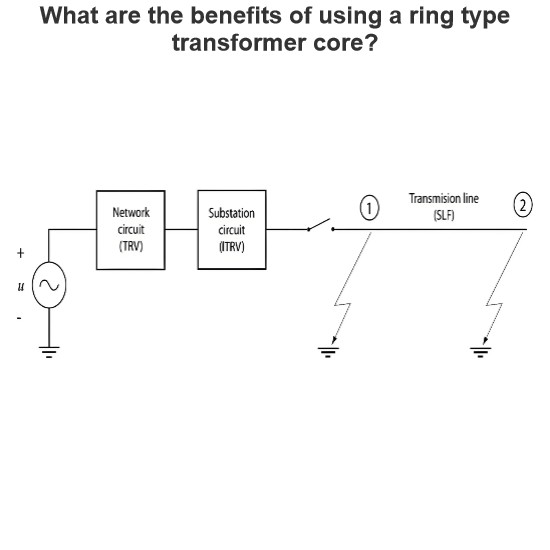Air break circuit breakers technical history in high voltage

Air-Blast Circuit Breakers: A Historical Overview
Introduction
Air-blast circuit breakers leverage the superior dielectric strength and thermal properties of compressed air compared to atmospheric air. This technology allows for the design of high-voltage circuit breakers, utilizing an axial blast of compressed air directed at the arc to extinguish it efficiently. For over five decades, this method was the preferred technology for extra-high voltage applications until the advent of SF6 (sulfur hexafluoride) circuit breakers.
Historical Development
The concept of air-blast arc extinction originated in Europe during the 1920s. Significant advancements were made in the 1930s, leading to widespread installation of air-blast circuit breakers by the 1950s. These early models had an interrupting capability of up to 63 kA, which later increased to 90 kA by the 1970s.
Technical Limitations and Innovations
Despite their effectiveness, air-blast circuit breakers have relatively limited dielectric withstand capabilities, primarily due to the speed at which contacts can open. To enhance performance, engineers adopted multi-break designs to increase the opening speed. Consequently, for rated voltages exceeding 420 kV, initial designs required 10 or even 12 interrupters in series per pole.
Notable Example
A notable example of this technology is illustrated by a figure showing an air-blast circuit breaker with 14 interrupters per pole, designed for 765 kV operation in 1968 by ASEA (now part of ABB). This exemplifies the advanced engineering required to meet the demands of ultra-high voltage transmission systems during that era.













